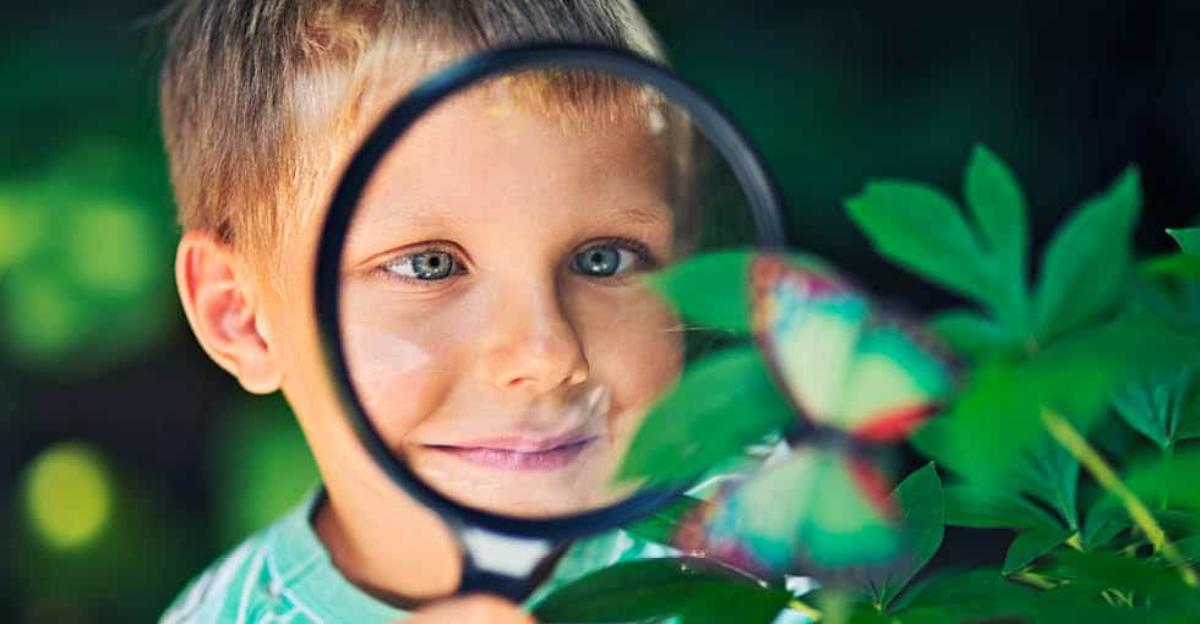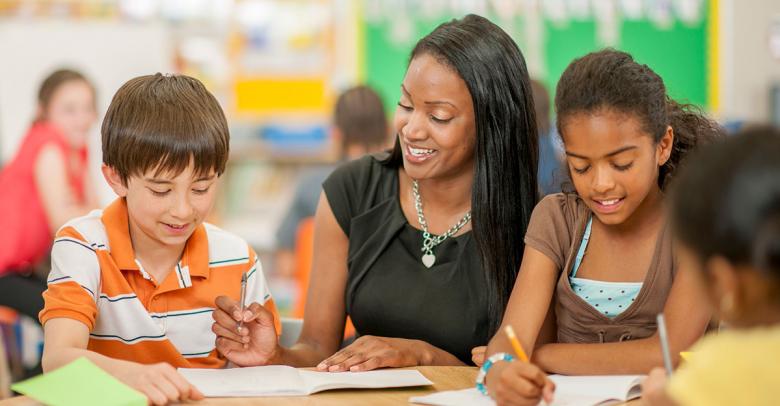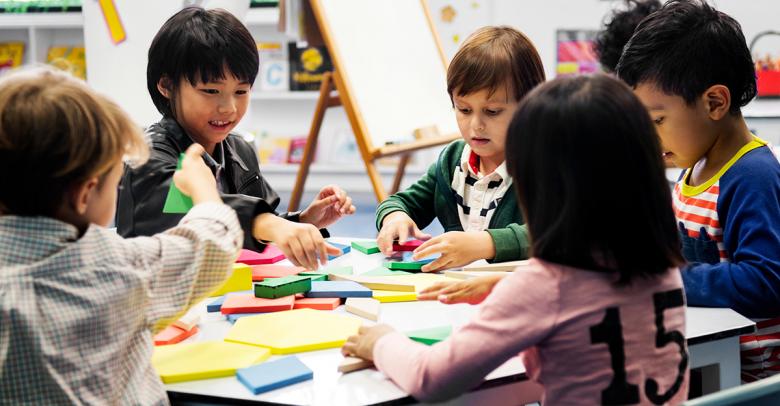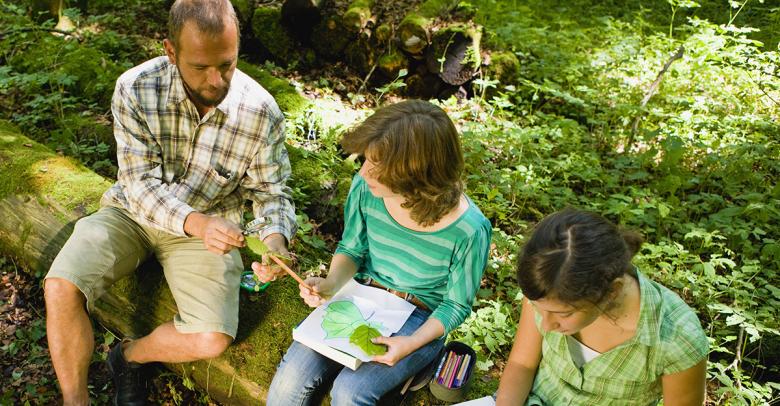Even on sizzling days, summer is a great time for learning experiences outdoors with young children. Here are four activities with varying levels of difficulty for kids from preschool through primary grades. Whether you’re looking for activities to try with students, or want to try out some summer learning activities with your own children, these options are simple and adaptable.
4 Outdoor Summer Activities for Early Childhood and Elementary
The summer months are full of opportunities to explore the outdoors. Young children are especially curious about nature and activities like these are excellent ways to reinforce important concepts and start great conversations.
Count to Meltdown
Materials:
Whiteboard or large piece of paper
Marker
Ice cube
Popsicles
Wristwatch, timer or cell phone
This is a playground or sidewalk snack activity for a hot day. Explain that the children are going to guess how long it will take for an ice cube to melt on the pavement and that the group will time it.
Give each child a sticky note on which to write an estimate. Draw a line (the beginnings of a graph) on the whiteboard or paper. The children take turns placing their estimates — shortest to longest — on the line from left to right.
Ask for a volunteer to help you time the meltdown. Gather everyone in a circle outside, and place the ice cube in the center of the hardtop. The timers call out as each half minute passes. Everyone else counts, starting at one. When the cube melts, announce the result and pass out popsicles.
What Floats, What Sinks
Materials:
2 or 3 plastic wading pools
2 or 3 plastic beach buckets
Objects of varying sizes and weights to drop in water
The number of wading pools and buckets depends on the number of participants. Children take turns dropping objects into the water. Ask them why some big things (feathers) float whereas small things (pebbles) sink.
Explain that although the feather is larger, it has less mass. Tell them that every object is made up of tiny parts called atoms. Mass is the number of atoms in an object, the type of atoms (some weigh more than others) and how tightly they are packed together (density).
Following experimentation, don’t dump the water on the hardscape. Instead, devise a team game, such as a bucket brigade race, to empty the water on a playing field.
Not All Leaves Are the Same
Materials:
Photos of 5 common plants with varying leaf shapes
Leaves from the plants
You don’t have to wait for autumn to study leaves. Also, it’s a pastime that needn’t be restricted to preschool. Leaves are great for studying the variations in nature. Before taking a walk around a schoolyard or park, ask children to pay attention to differences in the leaves they see on trees and smaller plants.
After the walk, sit in a shady area and show the children pictures of three common plants. Pass around samples of their leaves (squash, mint and maple would be good choices). Discuss the different sizes, shapes, fragrances (or lack of smell) and texture.
Planning Outdoor Experiences
Keep the teachable moment in mind when planning outdoor learning. Your activity may concern leaves, but the discovery of a magnificent spider web or a beetle ambling past a puddling ice cube may derail attention. Go with the flow and take time to let children observe and discuss what rivets them.
More Outdoor Activity Ideas & Resources
If you’re looking for more ways to learn alongside your children or students this summer, consider checking out the other blog posts on Summer Slide and how parents and educators can help to keep students engaged during the summer. Otherwise, be sure to visit our online store where you can find thousands of products for fun physical activities and educational games and crafts.






Leave a Reply